“Is it edible?” I asked. I had to know.
“Some say it is,” my friend replied.
I bent down and ran a hand across the soft carpet of pink. A waft of something sweet filtered up to my nostrils.
“It smells wonderful!” I exclaimed and stood up to further admire the display. “And oh, so pretty.”
I was looking at my friend’s latest addition to her rock garden, creeping thyme. She had a large patch of the pink variety — like a feathery rich carpet. The plant emitted a slightly lemony smell, but only after I brushed my hand lightly over the flowers. She had a patch of white creeping thyme as well.
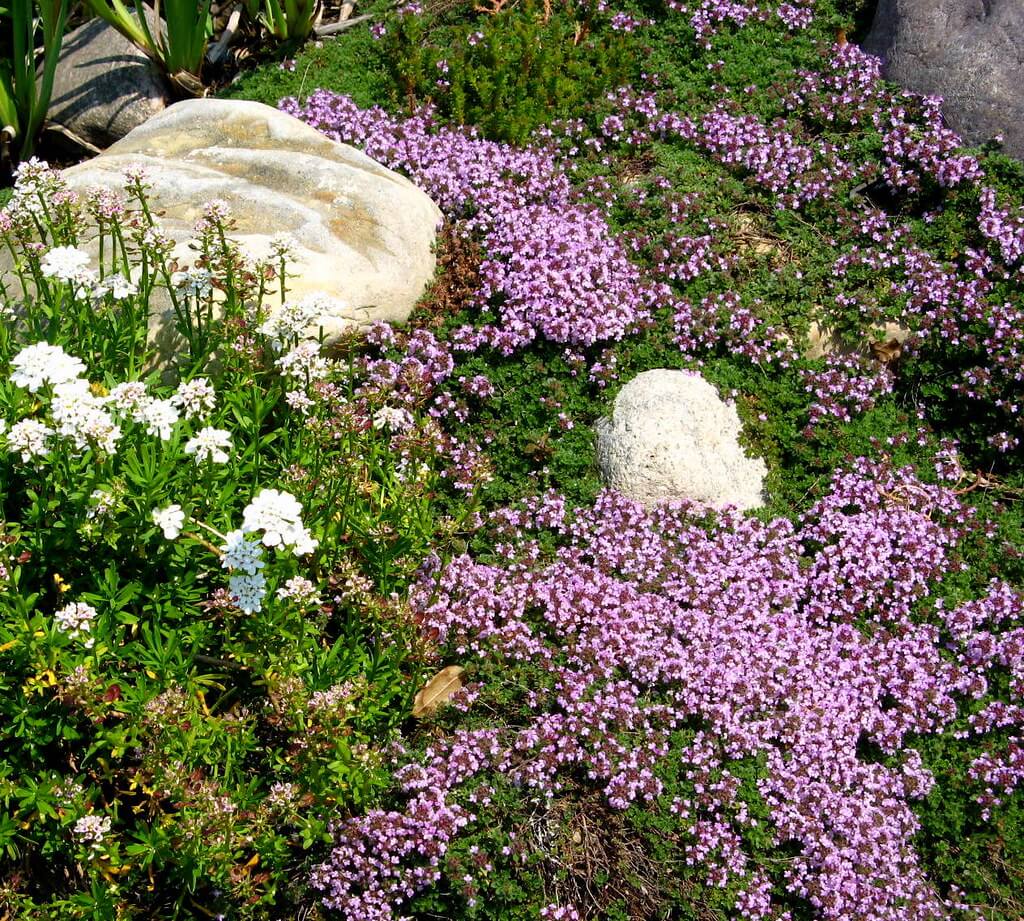
We always shared our newest finds in the world of gardening and what information we learned as we researched and expanded our expertise. She knew deep down that her newest addition would soon be my newest addition, too.
“There are several kinds of creeping thyme,” my friend explained. “It can grow up to 3 inches tall. Mine aren’t quite that tall. Not yet, anyway. Once I really get it going, I’m going to let it take over the lawn. No more mowing. No more weeds, either. It chokes out the roots of invasive weeds.”
“Can you walk on it?” I asked.
“It tolerates moderate foot traffic. But I wouldn’t suggest playing soccer on creeping thyme.”
I chuckled softly. “I don’t think the ball would move very well.”
“The best part,” she quickly added, “is that it repels mosquitoes.” A definite plus!
“Sounds good to me.” I was sold on creeping thyme.
Creeping Thyme As a Groundcover
This woody perennial, part of the Thymus family, made an excellent groundcover in my friend’s garden, and I couldn’t wait to do the same for mine. And the lemony aroma? Wow!
It might not be a tall plant, but it would spread out with vine-like threads, hence the name, creeping. The creeping lemon thyme that my friend was growing, sported the same pink flowers as creeping caraway thyme and creeping spicy orange thyme.
As much as I loved the lemony scent in my friend’s garden, I wondered about the scent of the spicy orange variety. The thought of an orange fragrance touched with a bit of spice, was definitely appealing.
There are other colors and varieties of creeping thyme: magenta red, purple, white, and a golden yellow. All had names that identified their unique appearance: white creeping thyme, purple carpet creeping thyme, red creeping thyme, pink chintz creeping thyme, woolly thyme, Doone Valley creeping thyme, and archer’s gold thyme (as well as the ones already mentioned).
Related Post: 8 Beautiful, Drought Tolerant Plants For Dry Landscapes
The most popular variety is the English creeping thyme which is the one best used to flavor foods. The other varieties can be used as an herb in foods, but some sources suggest otherwise, so perhaps, it’s best to stick to the English creeping thyme for cooking. Some varieties have also been used in folk medicine to reduce inflammation and calm the nervous system.
Easy to grow and a great groundcover, it produces a carpet of colorful flowers from early summer through fall. It prefers soil with good drainage and a slightly alkaline balance. The plant does well in either full sun or partial shade. Once established, creeping thyme is drought tolerant — another bonus for my drought-afflicted area. It’s also pest and disease resistant though (if over watered) the roots can develop what’s known as “wet feet” which will progress to root rot.
Overtime (no pun intended), creeping thyme will develop thick woody stems. If this happens, it’s probably best to dig up the plant and replace it with younger ones. Woody stems can be prevented by pruning back the vines in early spring and after the flowers die.
Related Post: 5 Perennial Herbs For Fresh Garden Flavor All Year Long
Creeping thyme can also be divided in the spring or early fall. This herb grows well from seed which should be started indoors in the early spring before transplanting outside once the risk of frost passes. When transplanting, set the plants 8 to 12 inches apart to allow room for the bushy thyme to expand. Cuttings of the plant can also be used to propagate, and create new creeping thyme patches in the garden.
Attractive to pollinators like butterflies and honeybees, it adds a particular flavor to the honey produced by the bees that frequent various varieties of creeping thyme.
I love to use the English thyme in my cooking. I have a large patch and collect bunches of the herb after the flowers die. I tie them up and allow the thyme to dry or use it fresh in soups, stews, and casseroles. I try not to keep the dried herb too long, as it does tend to lose its flavor.
Now that I have a new thyme passion to add to the garden, I look forward to the colorful displays that will, hopefully, replace my otherwise very weedy lawn (and cut down on the need to mow regularly) My colorful creeping thymes, though possibly useful in cooking, are predominantly to add color to my garden. I’ll stick to the traditional English thyme in my cooking.




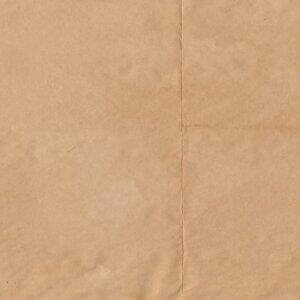








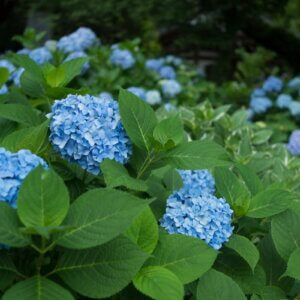






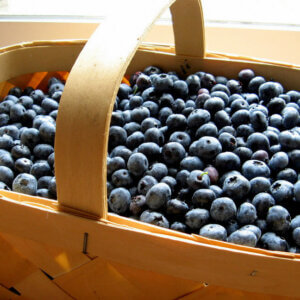
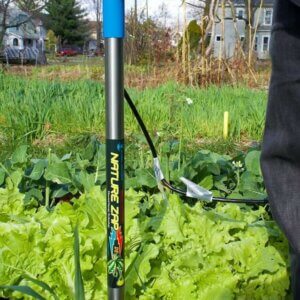
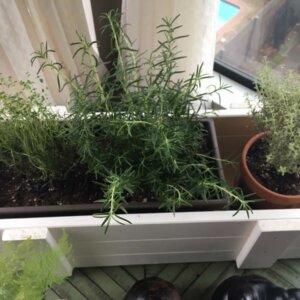



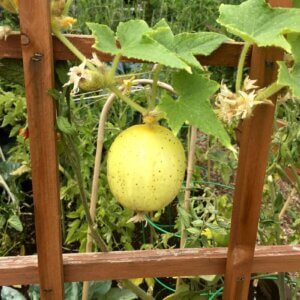


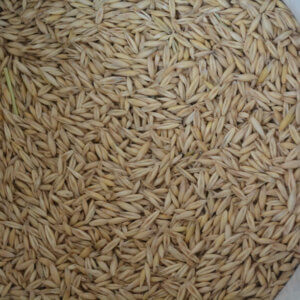






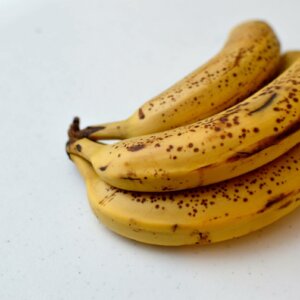
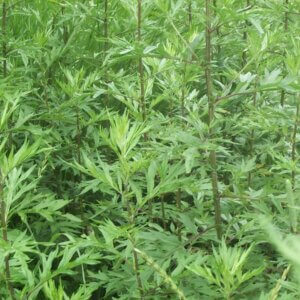
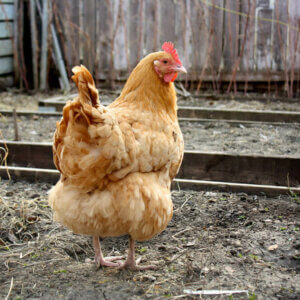



this is quit a good story.